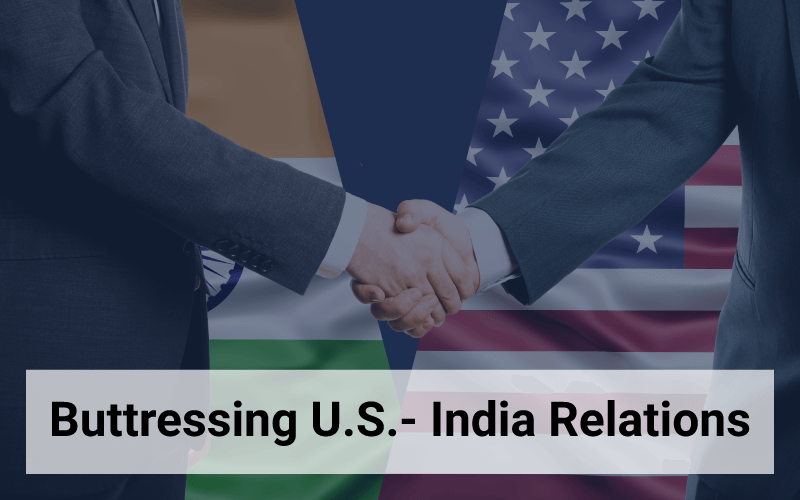
Furthermore, the addition of this amendment displays the importance of Indian-American representation in Congress. Indian-American representatives that advocate for the community, like Congressman Bera, help ensure that the needs of Indian-Americans are properly represented and that the community remains visible to the American population as a whole. As the National Defense Authorization Act (NDAA) moves to the Senate, it is exciting that Senator Kamala Harris, the first Indian-American senator, will be able to represent the Indian-American community, as well.
According to the United States Pacific Command (USPACOM), “There are few regions as culturally, socially, economically, and geopolitically diverse as the Asia-Pacific. The 36 nations comprising the Asia-Pacific region are home to more than 50% of the world’s population, 3,000 different languages, several of the world’s largest militaries, and five nations allied with the U.S. through mutual defense treaties. Two of the three [now top three] largest economies are located in the Asia-Pacific, along with ten of the fourteen smallest. The [Asia-Pacific region] includes the most populous nation in the world, the largest democracy, and the largest Muslim-majority nation. More than one-third of Asia-Pacific nations are smaller, island nations, including the smallest republic in the world and the smallest nation in Asia…. The region is a vital driver of the global economy and includes the world’s busiest international sea lanes and nine of the ten largest ports. The Asia-Pacific is also a heavily militarized region…. Given these conditions, the strategic complexity facing the region is unique.”
“Unique” is an understatement, which is why we need to deepen U.S.-India relations in a more thoughtful way. While protection of intellectual copyright, human rights, religious freedom, high tariff rates, and localization barriers are very important, Congress should not use these issues to divide us. The U.S. and India have shared interests, and our shared interests should take center stage – at home and abroad. Whatever differences there are between us, India is the world’s largest democracy. America is the oldest. Democracy ought to be the glue that forges us. As Sir Winston Churchill once said, “Many forms of Government have been tried, and will be tried in this world of sin and woe. No one pretends that democracy is perfect or all-wise. Indeed, it has been said that democracy is the worst form of government except for all those other forms that have been tried from time to time.”
The same can be said of the U.S.-India relationship. No one pretends that it is perfect. But it just might exceed our expectations if we reshape our thoughts and actions. And so, in a new series of postings, this blog will put forth step-by-step ways about how we can buttress our relationship beyond security-related posturing, though security is and should be an essential component of our partnership. So should a U.S.-India Investment treaty and sensible dialogue on people mobility. Our partnership has the potential to influence regional and global policy-making, and it’s high-time we make a hard push for a special relationship between the U.S. and India.


